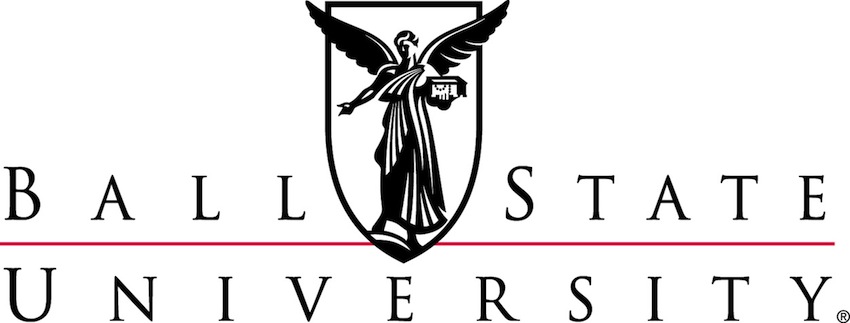Themes: Documents
Younger members of the group of Sioux performers from Buffalo Bill's Wild West visiting Gertrude Käsebier, like Samuel Lone Bear and Phillip Standing Soldier, were educated at government-run Indian schools. They spoke in English with Käsebier, and continued to write her letters for years after their first meeting in April 1898. The drawings and letters to Käsebier include general references to both life on the road with the Wild West and a longing for life at home on the Plains. In particular, the letters from Samuel Lone Bear, Joe Black Fox, Amos Two Bulls, and David Bull Bear reflect friendship and affection for Käsebier, a desire to return to the Plains, and reports of illnesses or deaths traveling with the show. The majority of these letters are found in the 1901 Everybody's Magazine article, "Some Indian Portraits."

Note by Käsebier regarding death of Mary Lone Bear. Photographic History Collection, National Museum of American History, Smithsonian Institution.
Significantly, these correspondences not only kept Käsebier up-to-date on her friends, but also reinforced their relationships and encouraged further meetings and photography. Käsebier visited the Wild West show yearly during its performances in the New York City area: at Manhattan's Madison Square Garden, Brooklyn's Ambrose Park, and Coney Island. Käsebier's granddaughter, Mina Turner, remembered clearly visiting the Indians of Buffalo Bill's Wild West, the Pawnee Bill, and 101 Ranch shows in New York and Brooklyn as a child. One of the shows Turner attended when four years old was held at Coney Island. The program was interrupted when the Indians spotted "Granny" in the grandstand and shouted their greetings. After the show, Käsebier took her granddaughter to meet with her Indian friends outside the tent. Sammy Lone Bear lifted little Mina onto his horse with him and, to the photographer's delight, rode the little girl around the arena. Turner also recounted taking gifts of mirrors, perfume, and handkerchiefs to the Wild West Indians, returning their generosity and demonstrating Käsebier's understanding of Sioux gift-giving culture.
The Sioux Indians who visited with Käsebier at her studio and at their Wild West camp also traveled to her Quincy Street home in Brooklyn, her Oceanside, Long Island home, and even to at a summer residence in Newport, Rhode Island. Every year Käsebier received gifts of "tomahawks, beaded jackets, belts, bags, moccasins, arrow quivers, peace pipes, etc." The visits prompted the concern and disbelief of her neighbors. Nonetheless, Käsebier regularly hosted her friends for tea, cakes, and talk. (Gertrude Käsebier Papers, University of Delaware Library)

Recounting of the Battle of the Little Big Horn, Written in Lakota. Unknown Author. Photographic History Collection, National Museum of American History, Smithsonian Institution.
This ongoing relationship with the Sioux led to another opportunity to produce an equally significant, if smaller, set of portraits of Zitkala-Ša, also known as Gertrude Simmons (Bonnin).
Mina Turner, Käsebier's granddaughter, divided the remaining photographs, documents, and artifacts left by Käsebier to a variety of institutions. Today, 100 of her photographs and 14 of the original drawings made at Käsebier's studio in April 1898 are located in the Photographic History Collection at the Smithsonian's National Museum of American History in Washington, D.C. The Library of Congress holds an additional fifty original glass plate negatives for the Käsebier Sioux Indian portraits also donated by Mina Turner. The University of Delaware also houses a variety of handwritten and printed material, including newspaper clippings, that were likely assembled after Käsebier's death in 1934. They also hold the reminiscences of Mina Turner, a large collection of Käsebier's photographs, and notes from interviews with Edward Steichen, Samuel Lifshey, Harriet Hibbard, and Mrs. Henry Clifton. The Museum of Modern Art in New York also holds a significant collection of her photographs. The New York Public Library holds several original letters of correspondence between Käsebier and other artists.
Search the collection to view some of the documents associated with the Käsebier collection.



